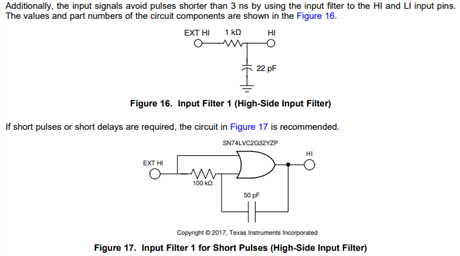Other Parts Discussed in Thread: LM5025, LM5025C
Hi, I´m using a LM5113 to make a DCDC Buck converter like AN-2149 LM5113 Evaluation Board.

I modificated the circuit to have a 24V output with 48V in the input changing the error stage. It was working without load when with an input of 36V and 24V in the output, C25 broke.
The signal to drive the HI side is like that:

Whe the LI side is:

Any idea why LM5113 broke?
Now I change the LM5113 and C25 and the signal it´s the same. I need to check Q1 but it´s normal this signal if Q1 it is broken?






